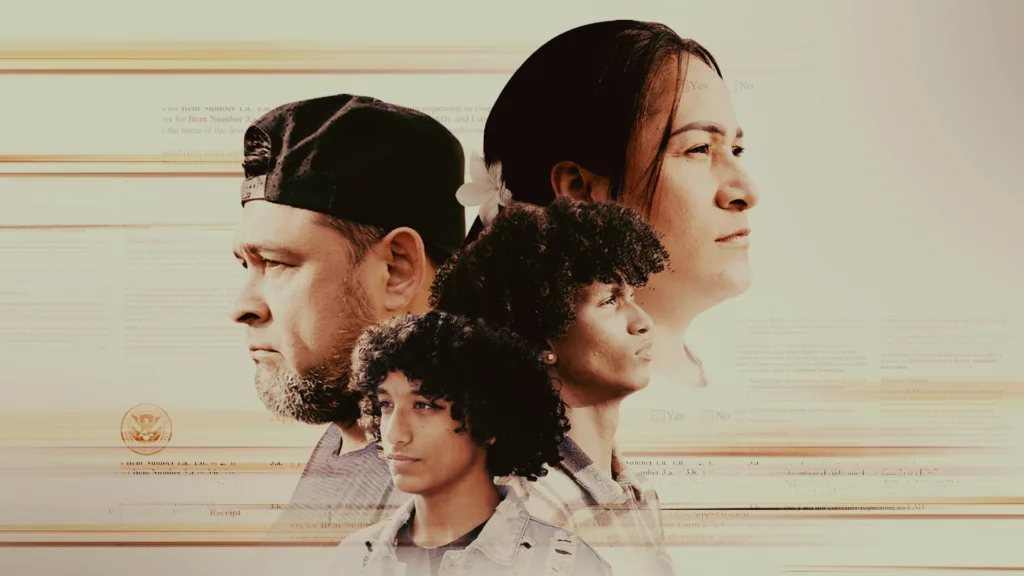Inside the National Security State, In Four Films

June 10, 2013
Share
Before he was elected, Obama harshly criticized President George W. Bush’s approach to counterterrorism.
“This administration acts like violating civil liberties is the way to enhance our security,” he said in a 2007 speech in Washington. “It is not. There are no short cuts to protecting America, and that is why the fifth part of my strategy is doing the hard and patient work to secure a more resilient homeland.”
But Obama appeared to change his approach almost as soon as he was elected in 2008. “His people made it clear that in the terrorism arena, he was going to be as tough, if not tougher, than the Bush people,” former CIA general counsel John Rizzo told FRONTLINE in June 2011. “He was going to be extraordinarily aggressive.”
Last week, as revelations of the NSA’s comprehensive data-collection program leaked out, Obama insisted the government had to strike a balance: “I think it’s important to recognize that you can’t have 100 percent security and also then have 100 percent privacy and zero inconvenience,”he said.
FRONTLINE has been tracking the evolution of our national security state since the Bush administration and through the past five years under Obama. Here are the top films to watch to catch up.
Spying on the Homefront
“It is inevitable that totally innocent Americans are going to be affected by these programs,” Suzanne Spaulding, a former CIA senior attorney, told FRONTLINE. In this 2007 film, we investigate the Bush administration’s warrantless wiretapping of American citizens — and how the NSA started building a secret outpost inside AT&T’s San Francisco office.
Cheney’s Law
The NSA program to spy on Americans was so controversial within the Bush administration that it led to a dramatic showdown at the hospital bed of then-Attorney General John Ashcroft, who was suffering from acute pancreatitis. Ashcroft was supposed to reauthorize the program every 45 days, but this time, he refused on the advice of his then-deputy James Comey — who is now Obama’s expected nominee to head the FBI. Find out what happened next in this 2007 film:
Top Secret America — from 9/11 to the Boston Bombings
Since 9/11, the government has spent hundreds of billions of dollars building up infrastructure to prevent another terrorism attack on U.S. soil.
The National Security Agency has been at the forefront of that effort, establishing what Richard Clarke, a White House terrorism adviser from 1998-2001, called a “huge vacuum cleaner around the world.”
“It is sucking down information from computer networks, from radios, from telephone calls all over the world, so much information that no human being could ever go through it on a daily basis,” he told FRONTLINE. In the full film below, go inside the NSA’s intelligence operations at home:
A Perfect Terrorist
Is the NSA eavesdropping worth it? Sen. Diane Feinstein (D-Calif.) said the program has helped the U.S. foil terror plots, as well as aided in the capture of David Coleman Headley, a onetime U.S. government informant who helped to plot the 2008 attack on Mumbai. In this 2011 film, FRONTLINE and ProPublica tracked Headley’s strange path from informant to terrorist.

Latest Documentaries
Explore
Policies
Teacher Center
Funding for FRONTLINE is provided through the support of PBS viewers and by the Corporation for Public Broadcasting, with major support from Ford Foundation. Additional funding is provided the Abrams Foundation, Park Foundation, John D. and Catherine T. MacArthur Foundation, Heising-Simons Foundation, and the FRONTLINE Trust, with major support from Jon and Jo Ann Hagler on behalf of the Jon L. Hagler Foundation, and additional support from Koo and Patricia Yuen. FRONTLINE is a registered trademark of WGBH Educational Foundation. Web Site Copyright ©1995-2025 WGBH Educational Foundation. PBS is a 501(c)(3) not-for-profit organization.



















